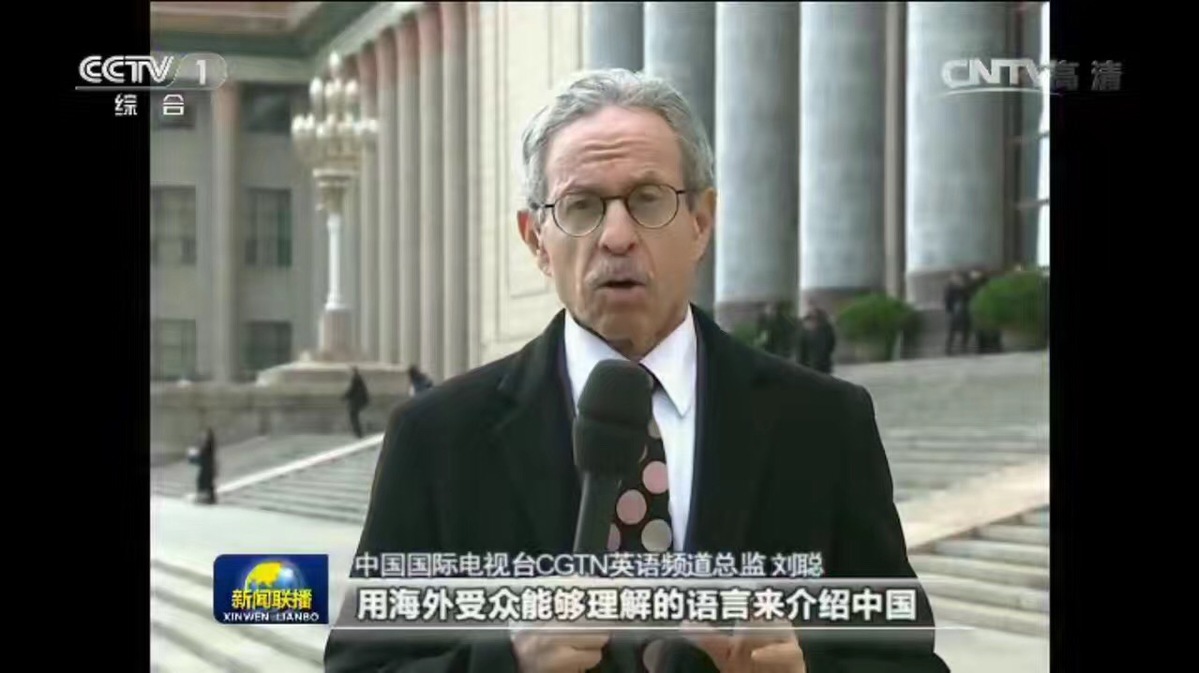

Other "massive programs that demand this long-term continuity "include the go-west campaign for less-developed regions to catch up with the country's progress; the South-to-North Water Diversion Project to help plug resource shortages; reform of the healthcare system; and most recently a multi-decade plan for scientific and technological self-sufficiency and leadership, Kuhn says.
"These are some of the big achievements, which reflect China's unique system," he says.
One particular process that China's Party-led, science-based governance system has repeatedly used is prototyping "test cases"-for example, pilot zones, seen notably in the original special economic zones like Shenzhen and Xiamen, Kuhn says.
"These areas were experiments, where you could bring in foreign capital and expertise. You could allow Chinese workers to be paid different wages. You gave concessions.
"But China didn't say: 'Oh, this is a great idea. Let's open up the whole country'. No, that would have been too dangerous. So they built walls, literal walls with barbed wire, because leadership was afraid that if something untoward would happen, it could hurt the whole country," he says. "It took until around 1984 before everybody could conclude that this reform and opening-up policy of the special economic zones was really working, so that then they could open it up broadly. And it is this principle of prototyping, monitoring and modifying that has been used continuously and is an important expression of Party leadership."
In recent years, free trade zones, such as the pilot in Shanghai and now the entirety of Hainan province, show how the principle is being applied across the country through programs that start small and are adequately tested, Kuhn says.
"Each of these programs demand long-term policy commitment, with a willingness to make changes, fine or broad, based on feedback," he says.